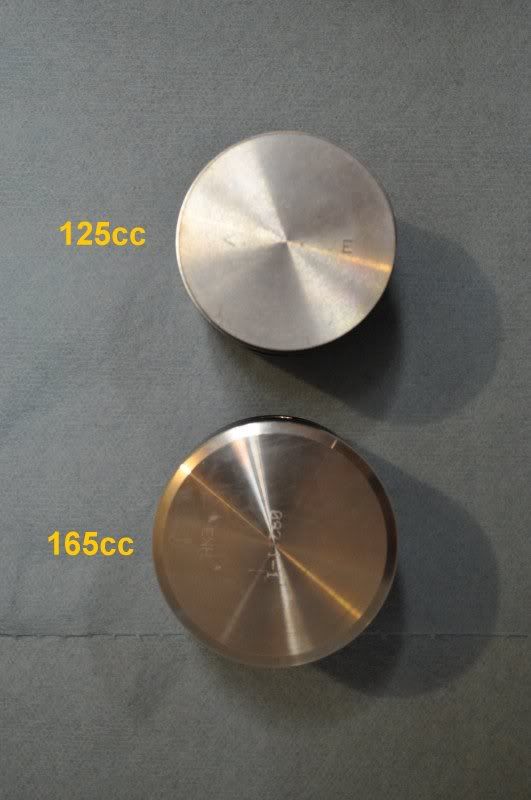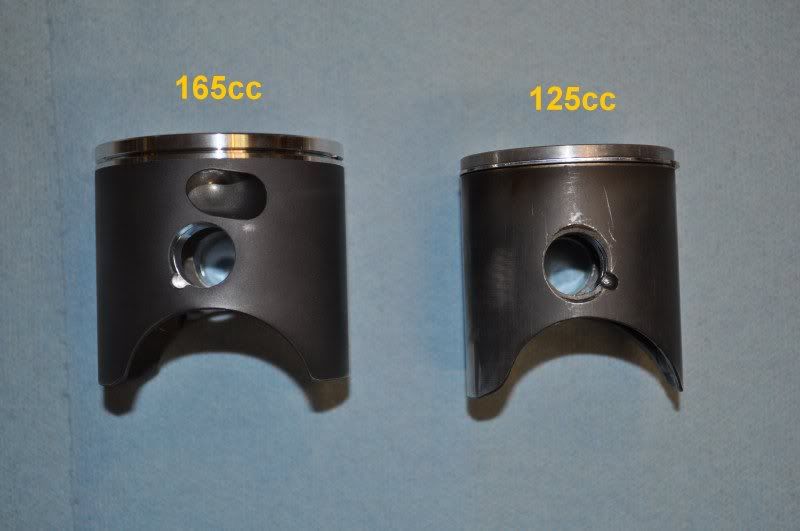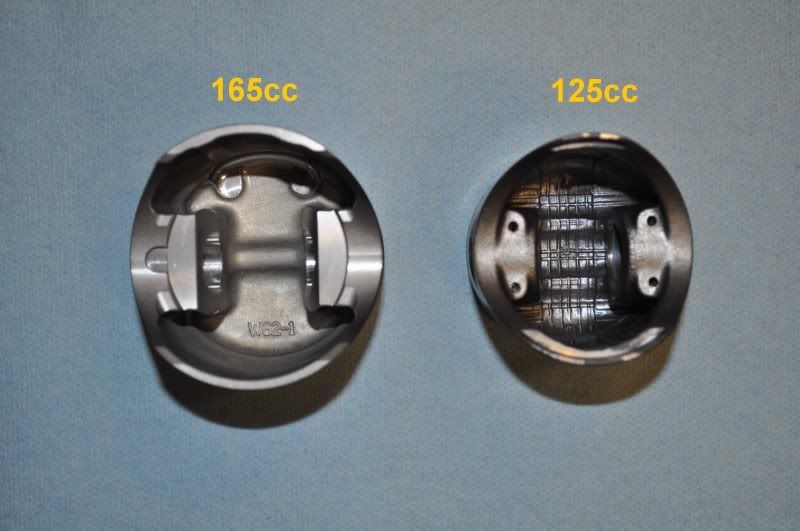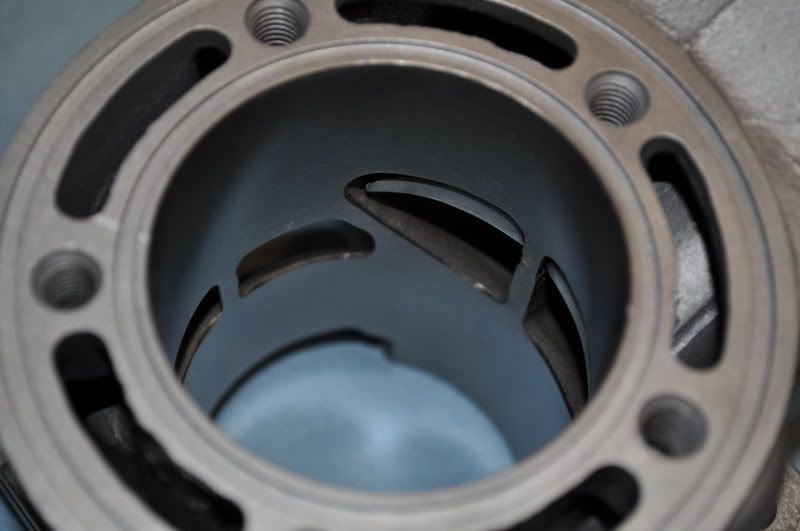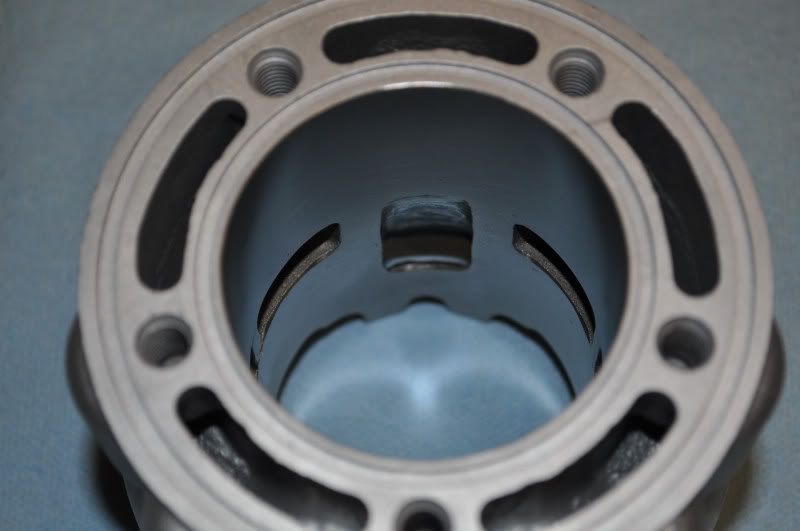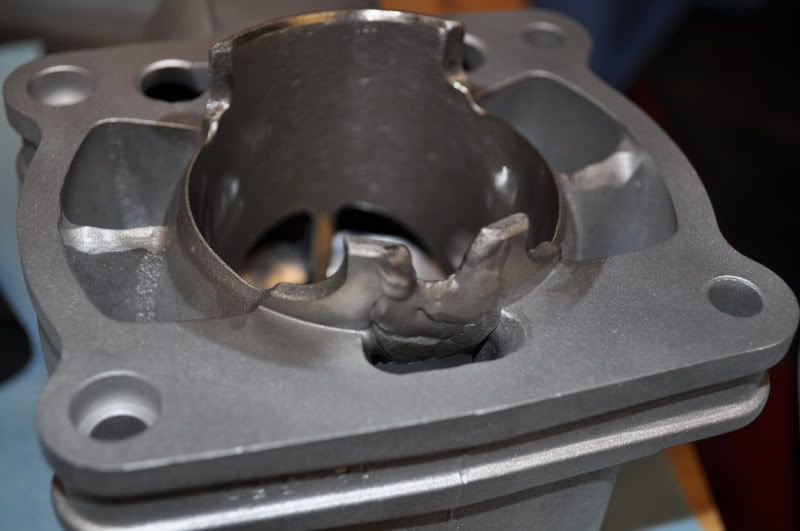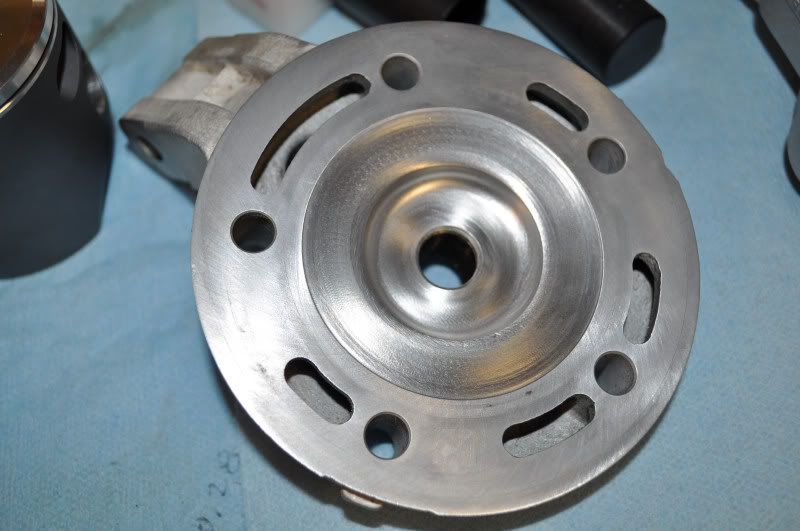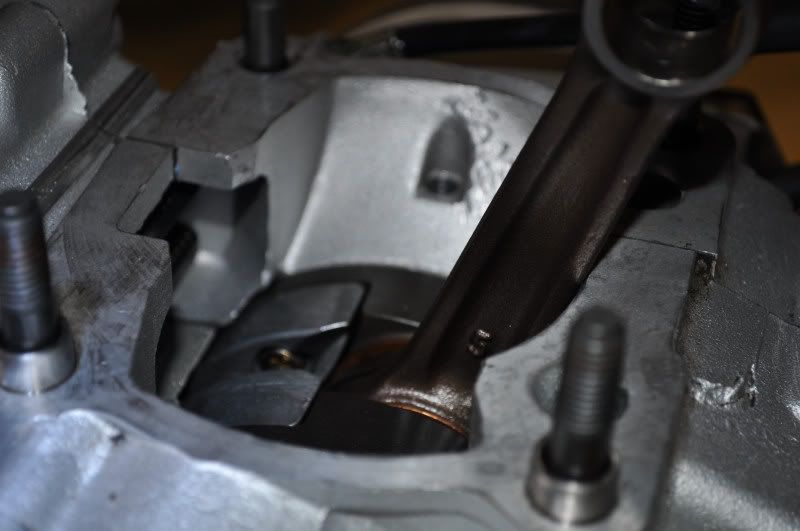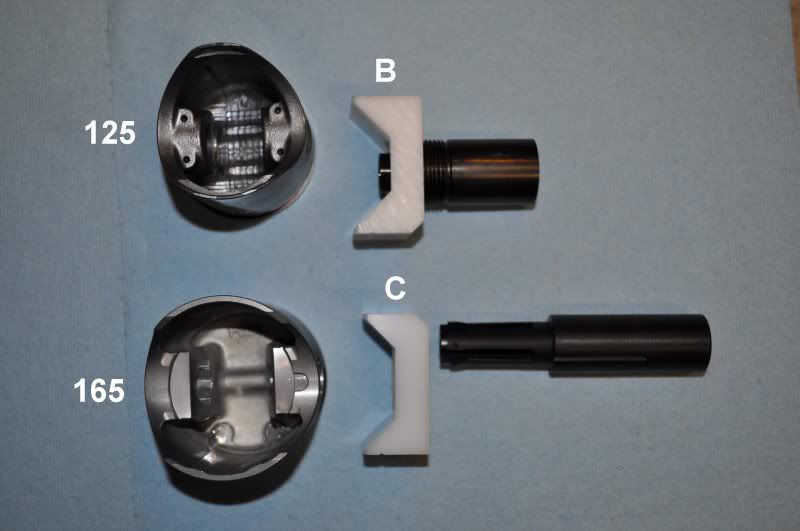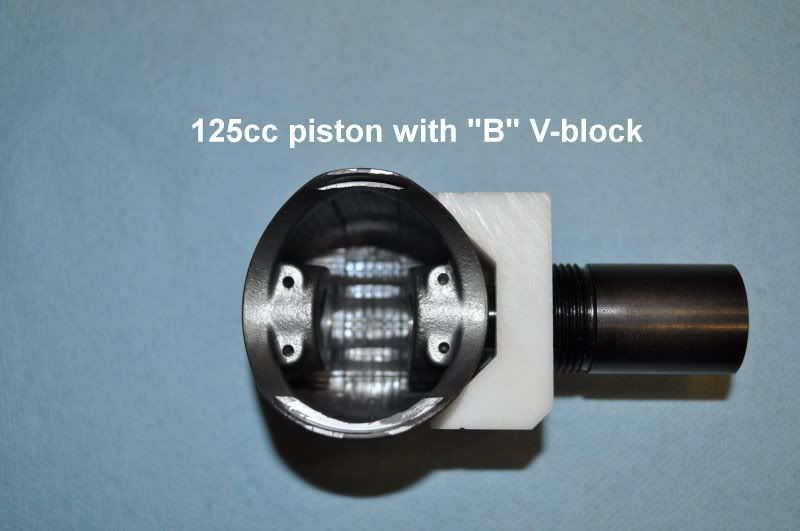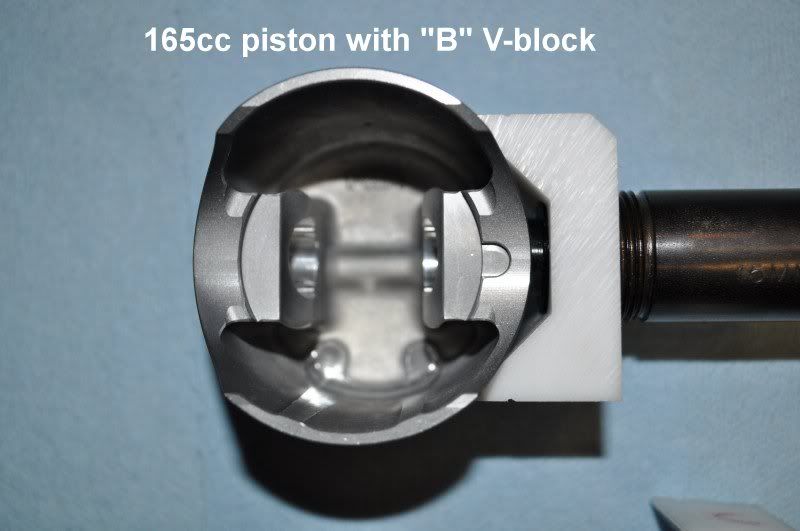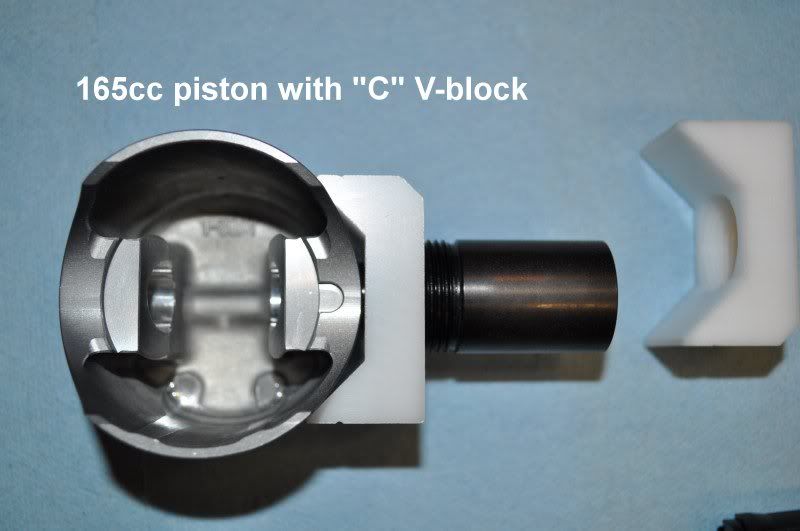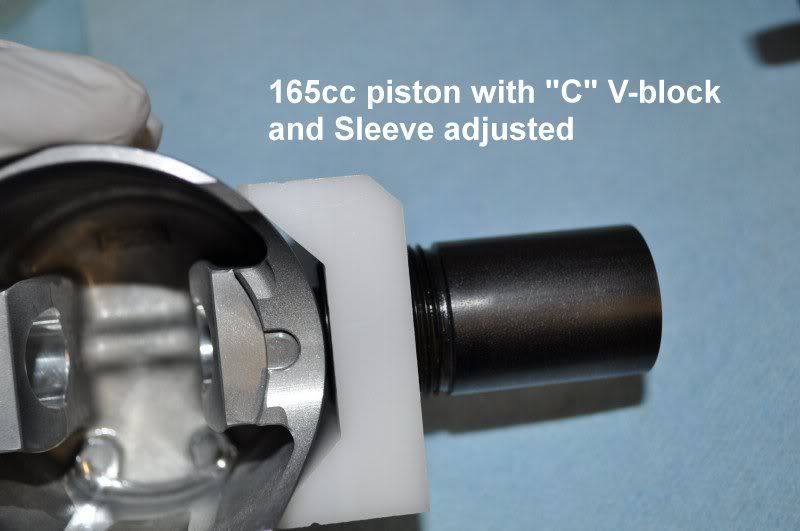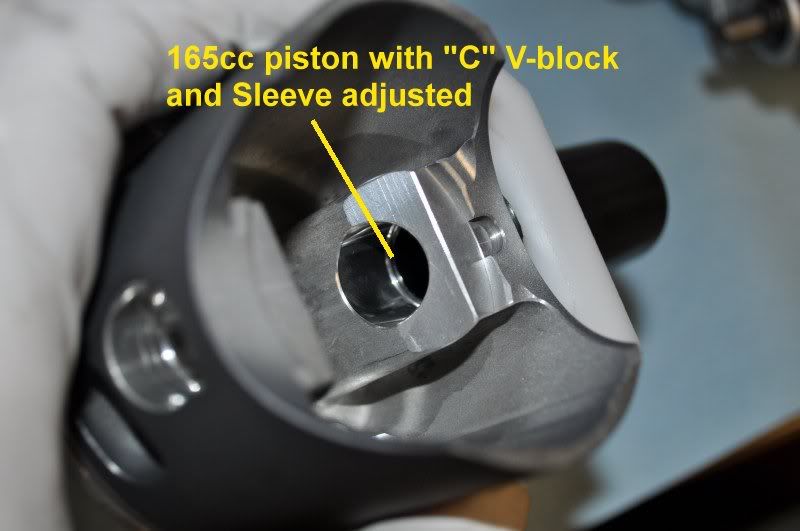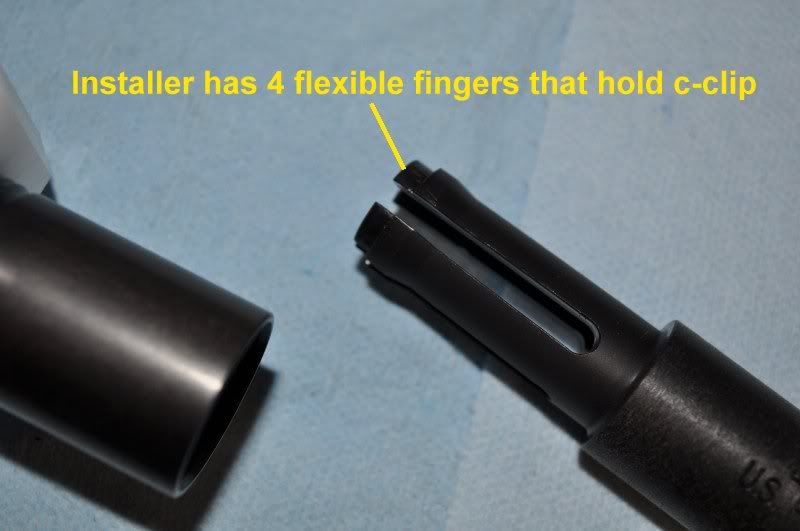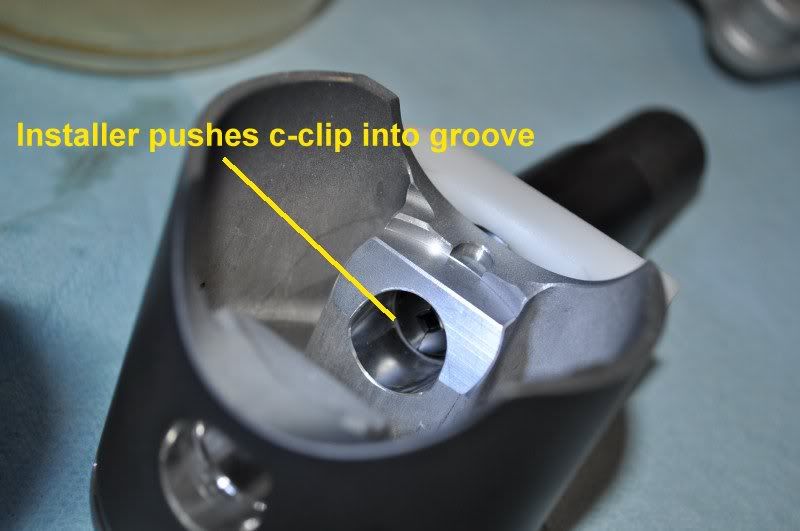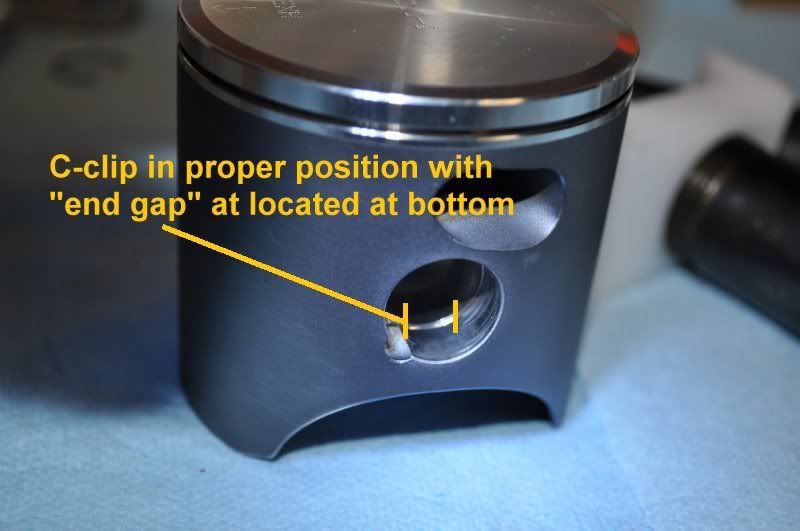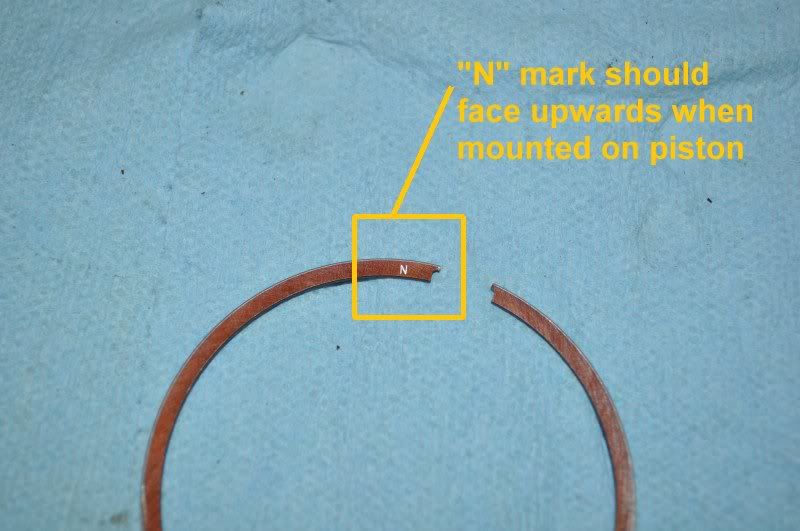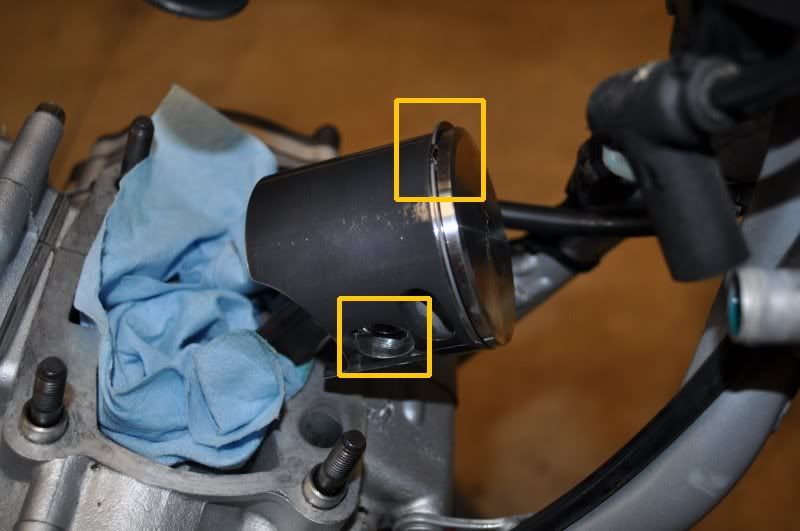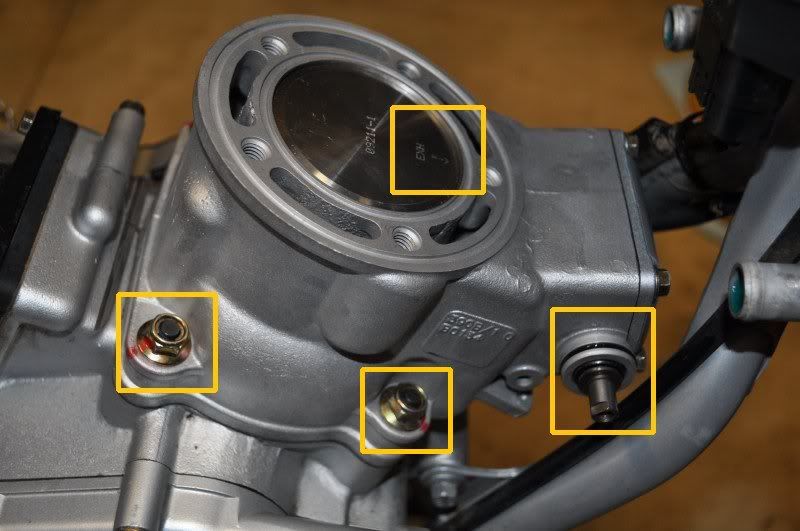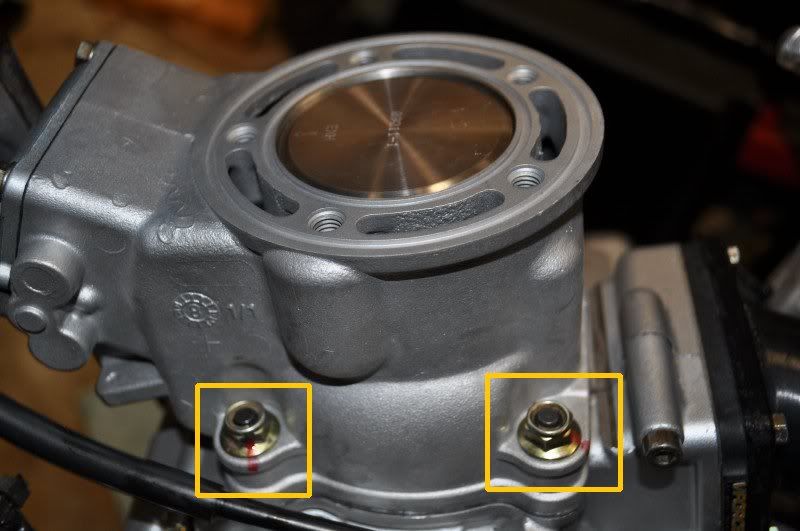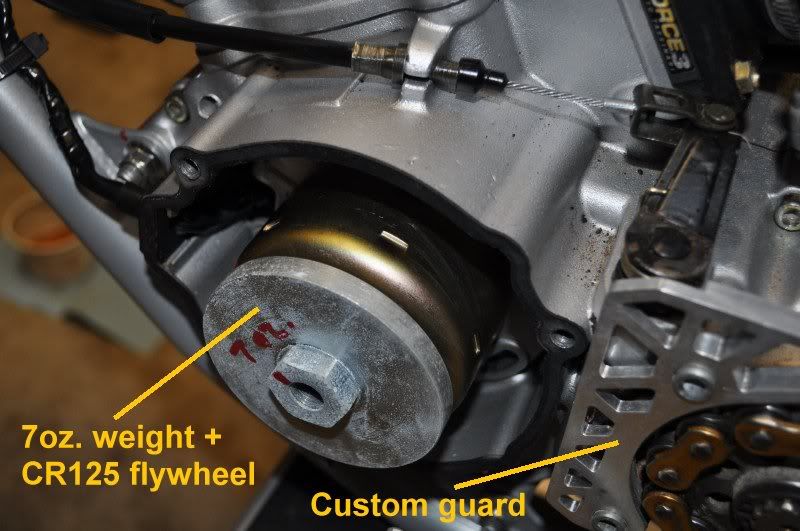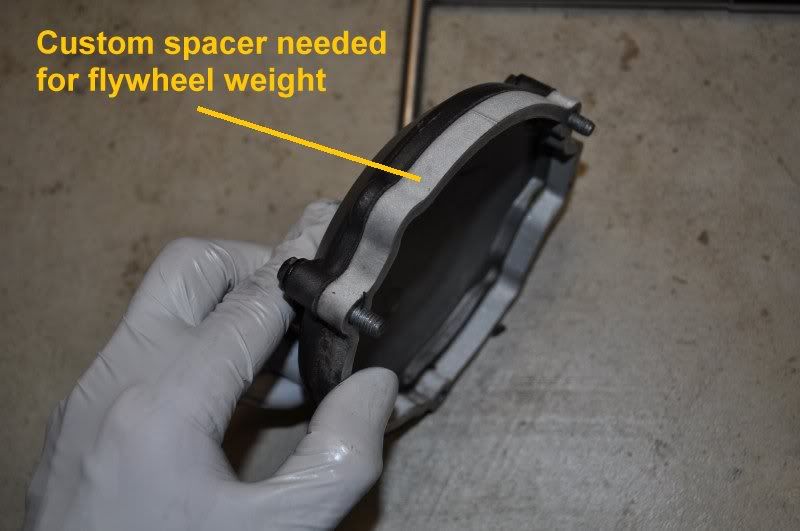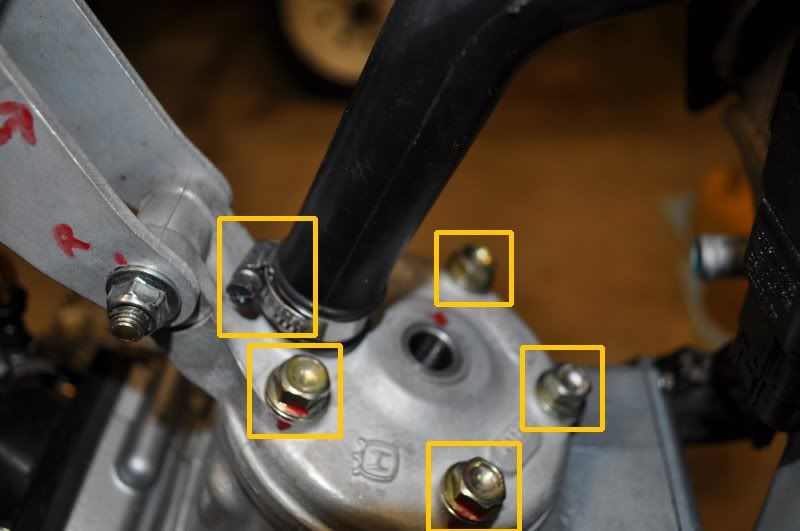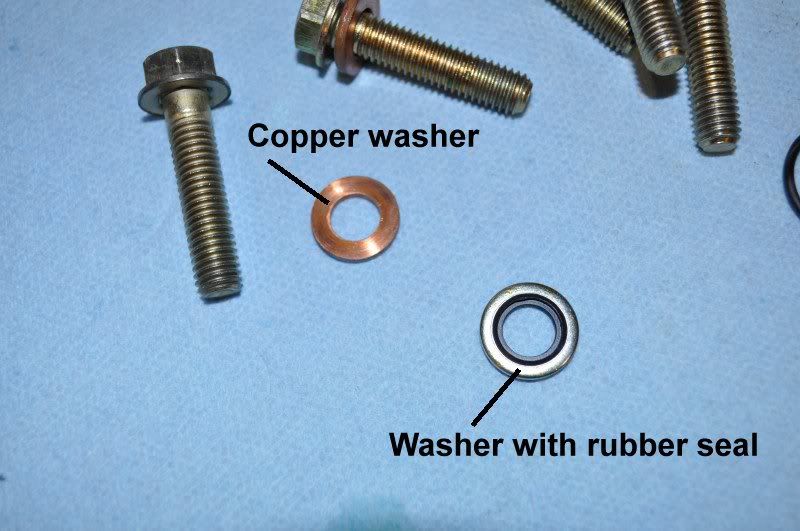Part 2: Installation of the WB165 Kit
Background:
I have a 2008 CR125. In this “how-to”, I will walk through the steps that I took during installation of my WB165 Kit. It should be applicable to other model years as well. As I mentioned in Part 1 (Teardown), this is my first time doing a top end. Walt (Wallybean) gave me some tips to help out along the way. I decided to write up the process to help other first-timers out. For all of the top end gurus, please add comments if I left something out or you have any other tricks you want to share. Thanks!
This thread does contain a lot of pictures. I hope the download speed is not too bad for some users.
Background:
I have a 2008 CR125. In this “how-to”, I will walk through the steps that I took during installation of my WB165 Kit. It should be applicable to other model years as well. As I mentioned in Part 1 (Teardown), this is my first time doing a top end. Walt (Wallybean) gave me some tips to help out along the way. I decided to write up the process to help other first-timers out. For all of the top end gurus, please add comments if I left something out or you have any other tricks you want to share. Thanks!
This thread does contain a lot of pictures. I hope the download speed is not too bad for some users.

